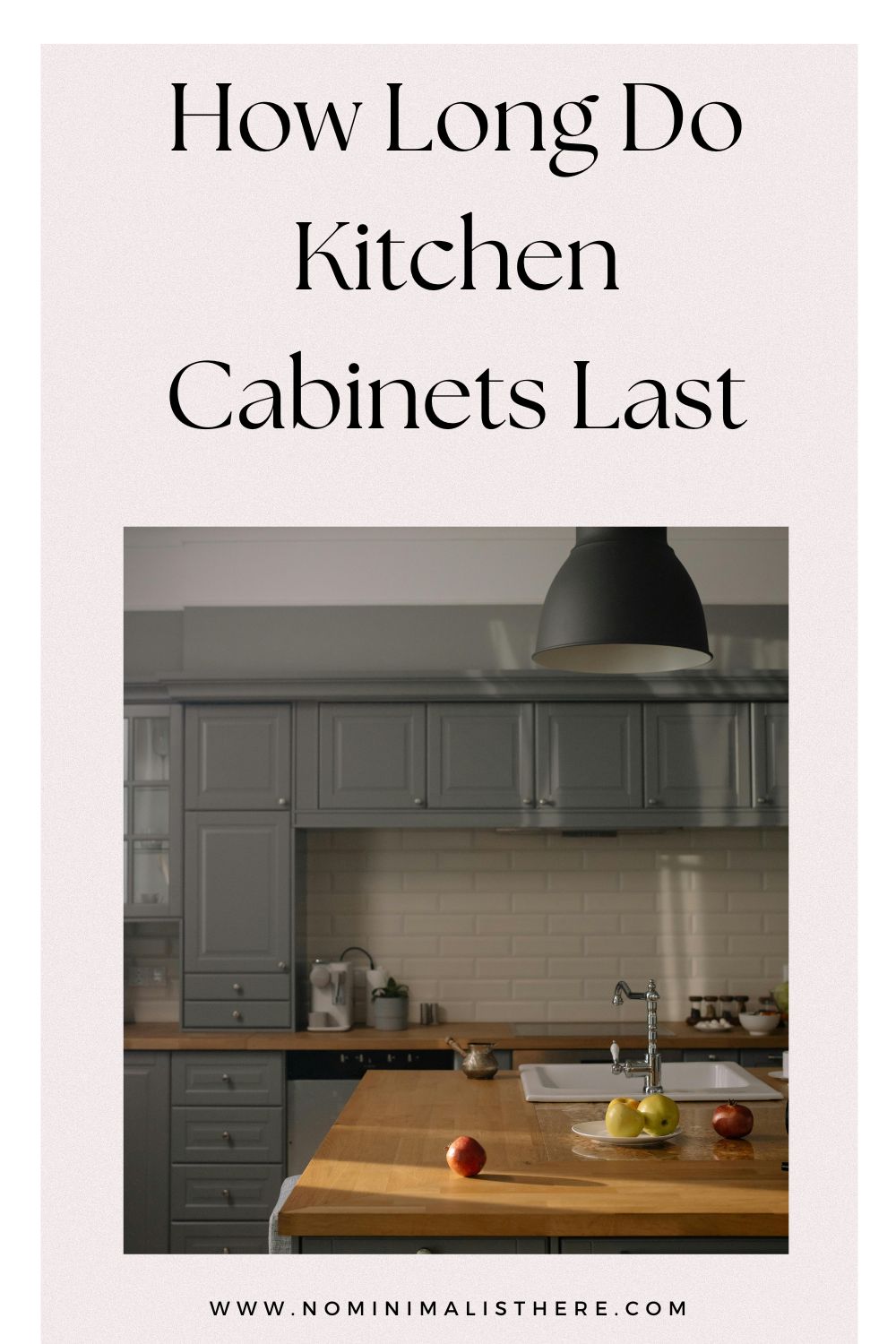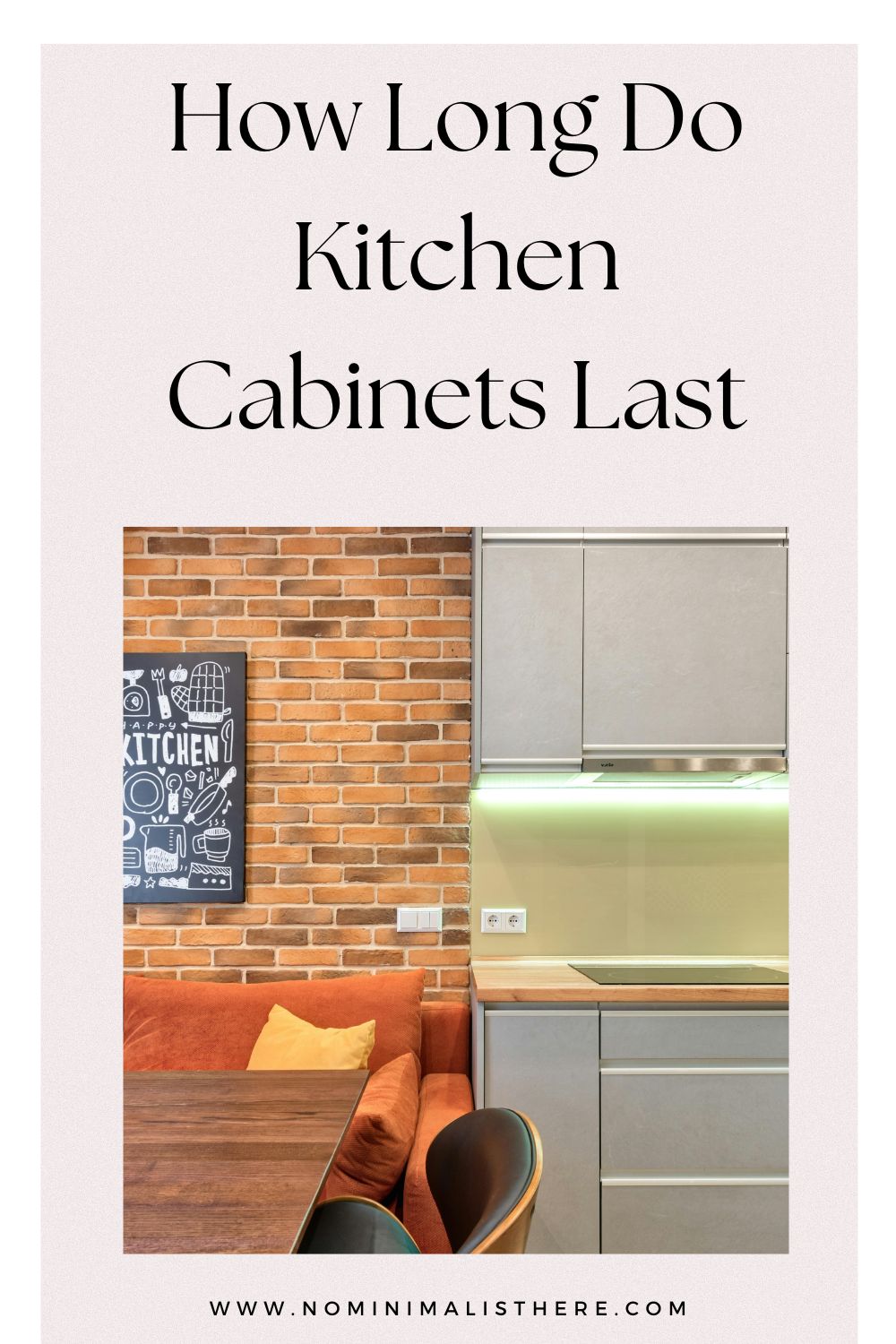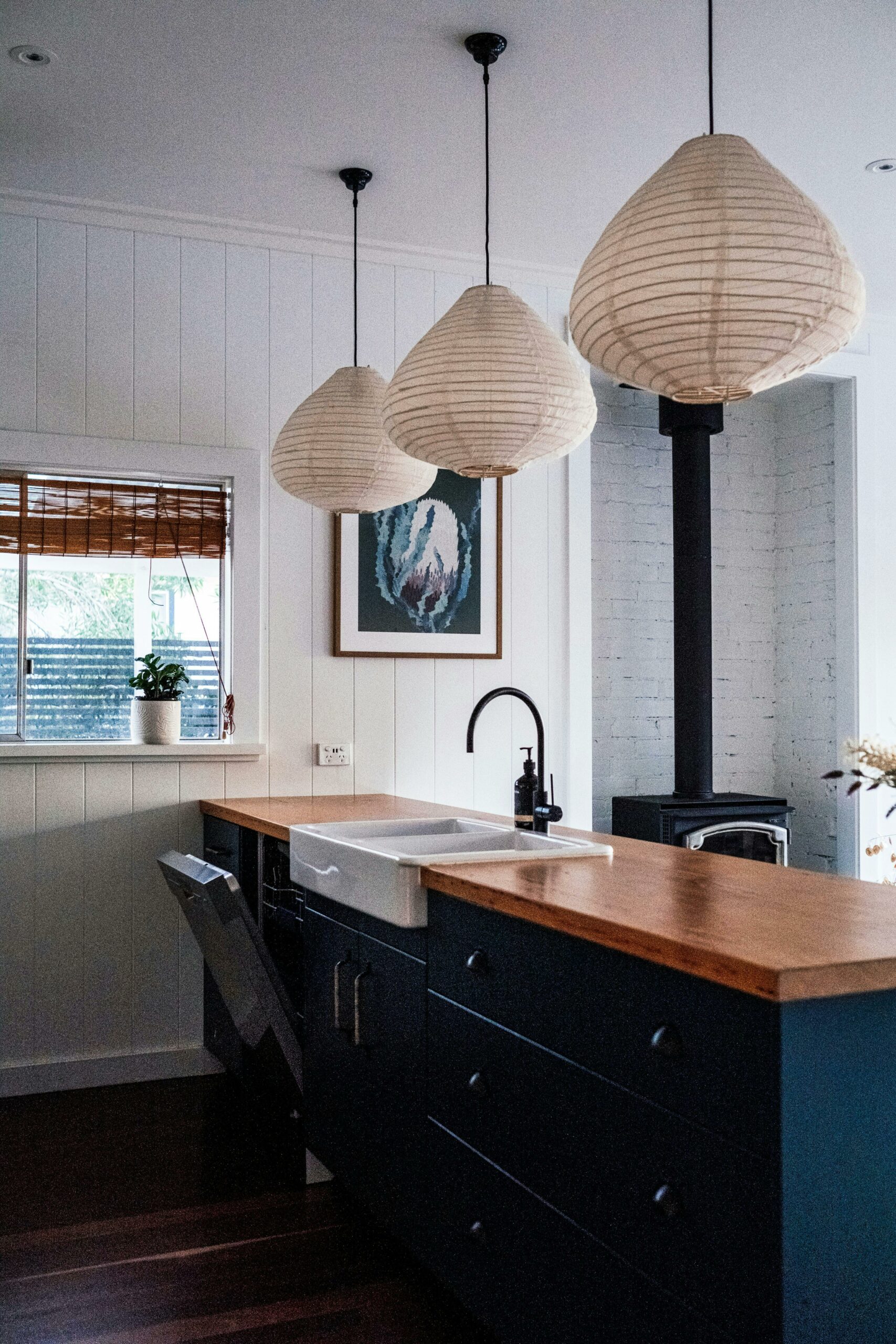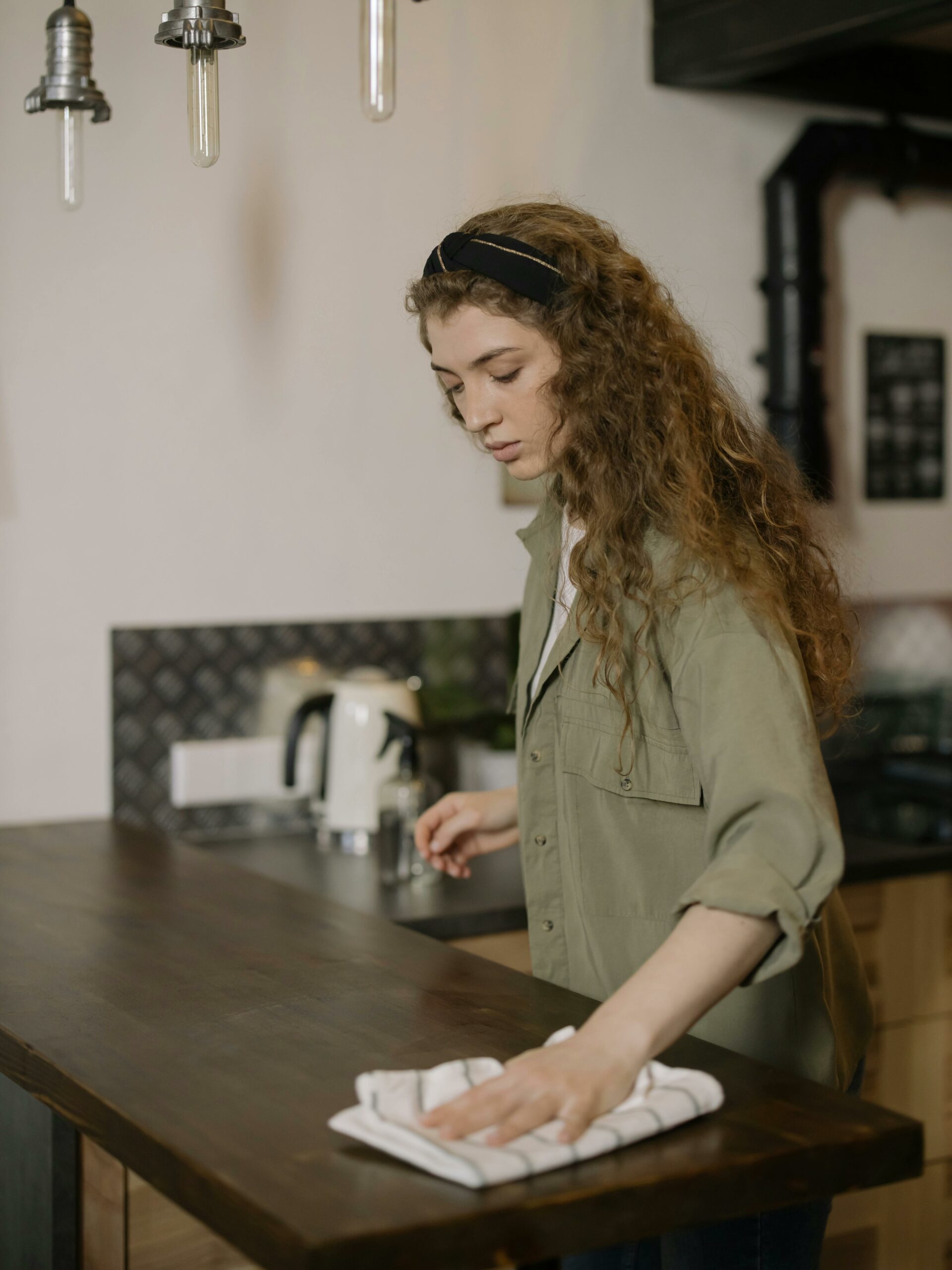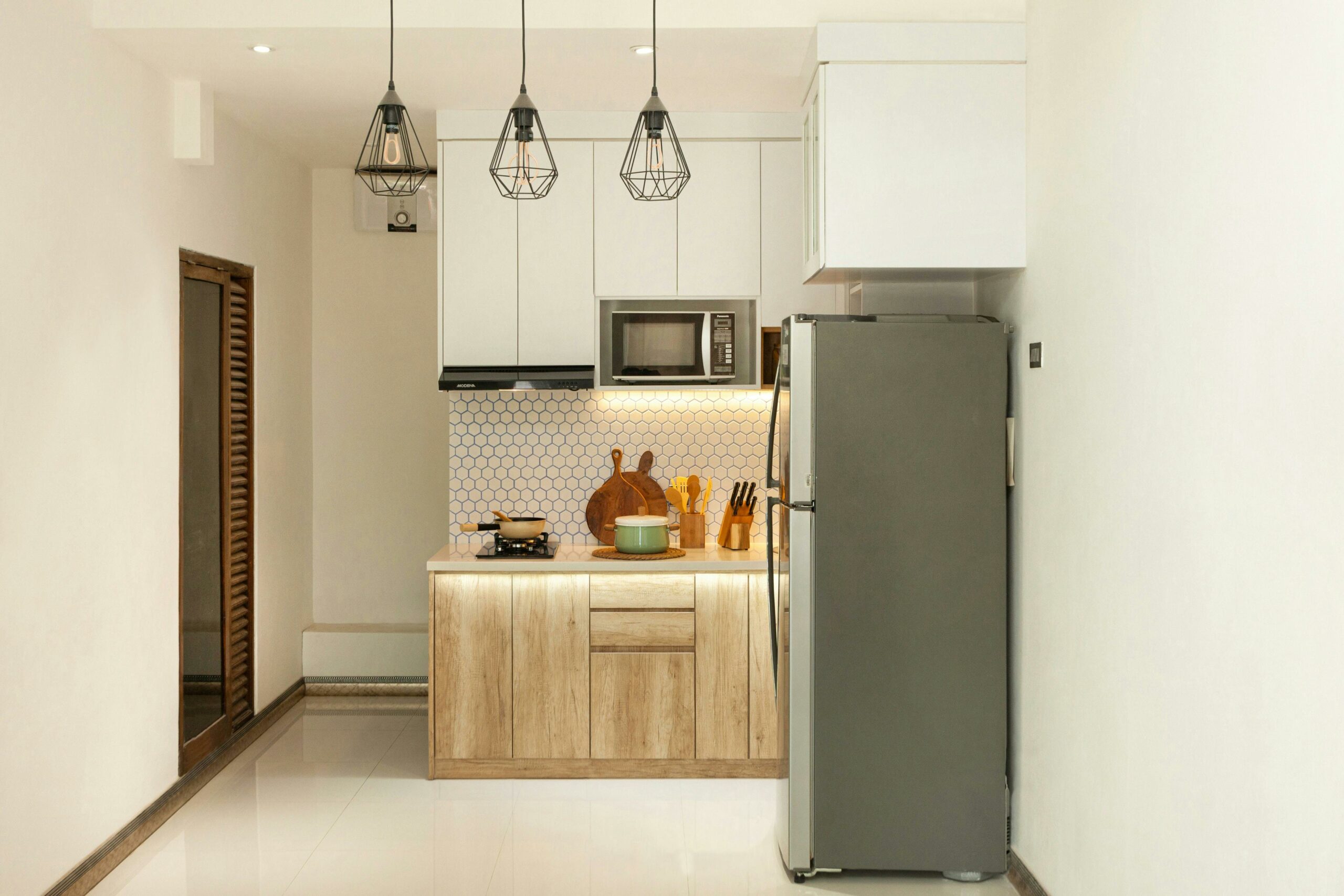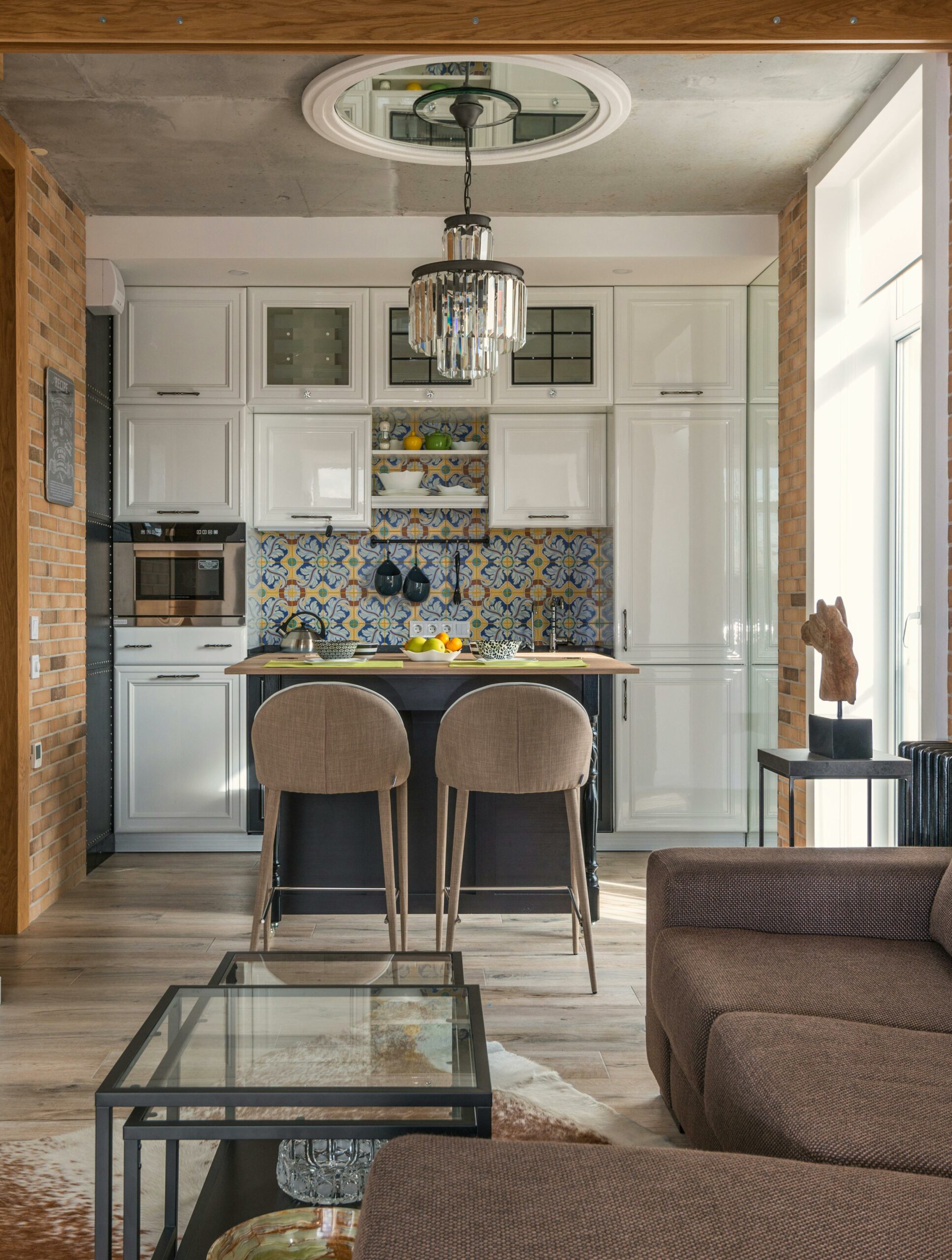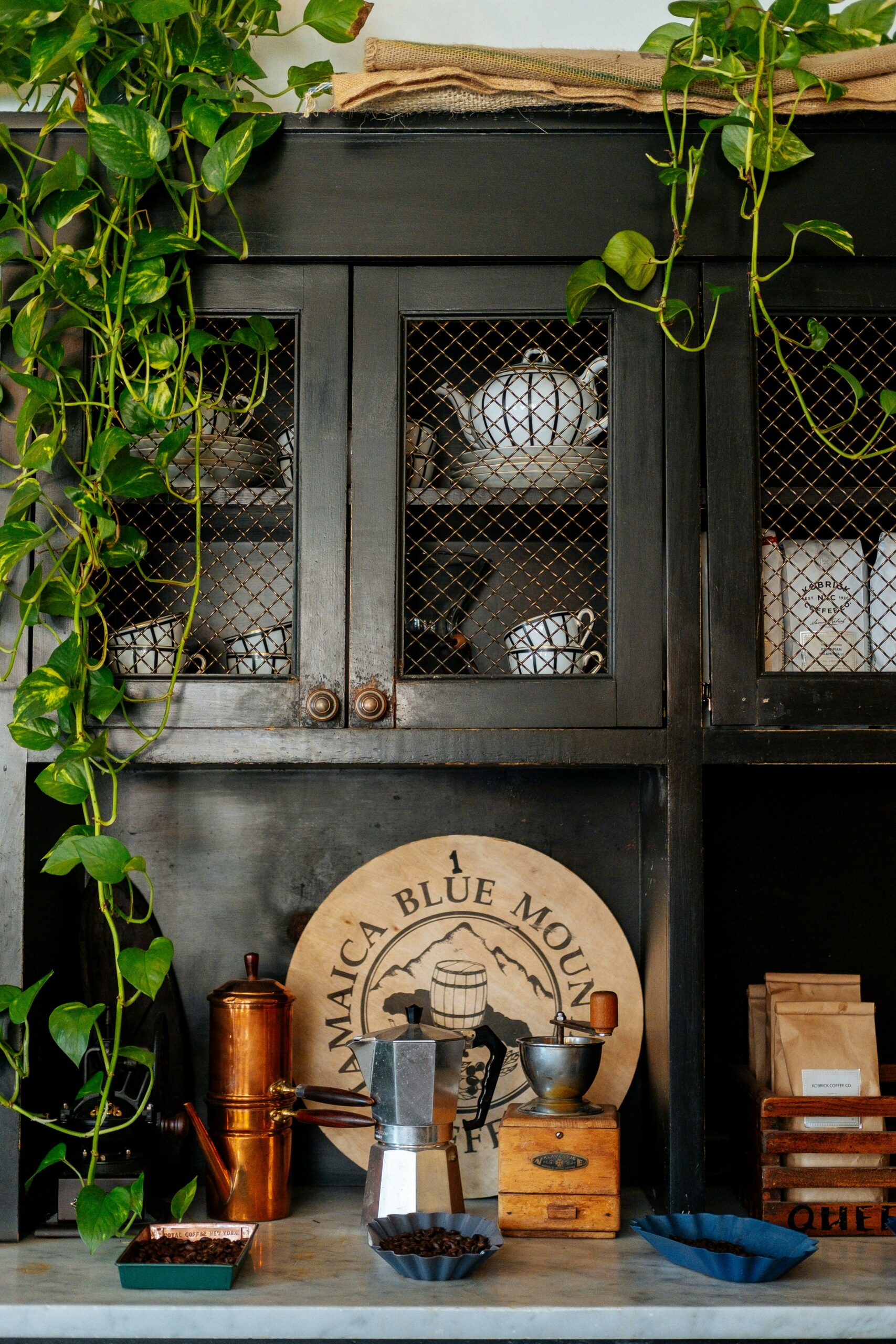Wondering how long do kitchen cabinets last?
When it comes to the heart of a home, the kitchen stands out as a bustling hub where culinary magic happens.
Central to this culinary kingdom are the unsung heroes – kitchen cabinets.
These storage stalwarts not only provide a functional space for organizing pots, pans, and spices but also contribute significantly to the overall aesthetic appeal of the kitchen.
Kitchen cabinets serve as the backbone of any well-equipped kitchen, offering essential storage solutions to keep clutter at bay and maintain an organized cooking space.
Beyond their utilitarian function, cabinets play a pivotal role in defining the style and ambiance of a kitchen.
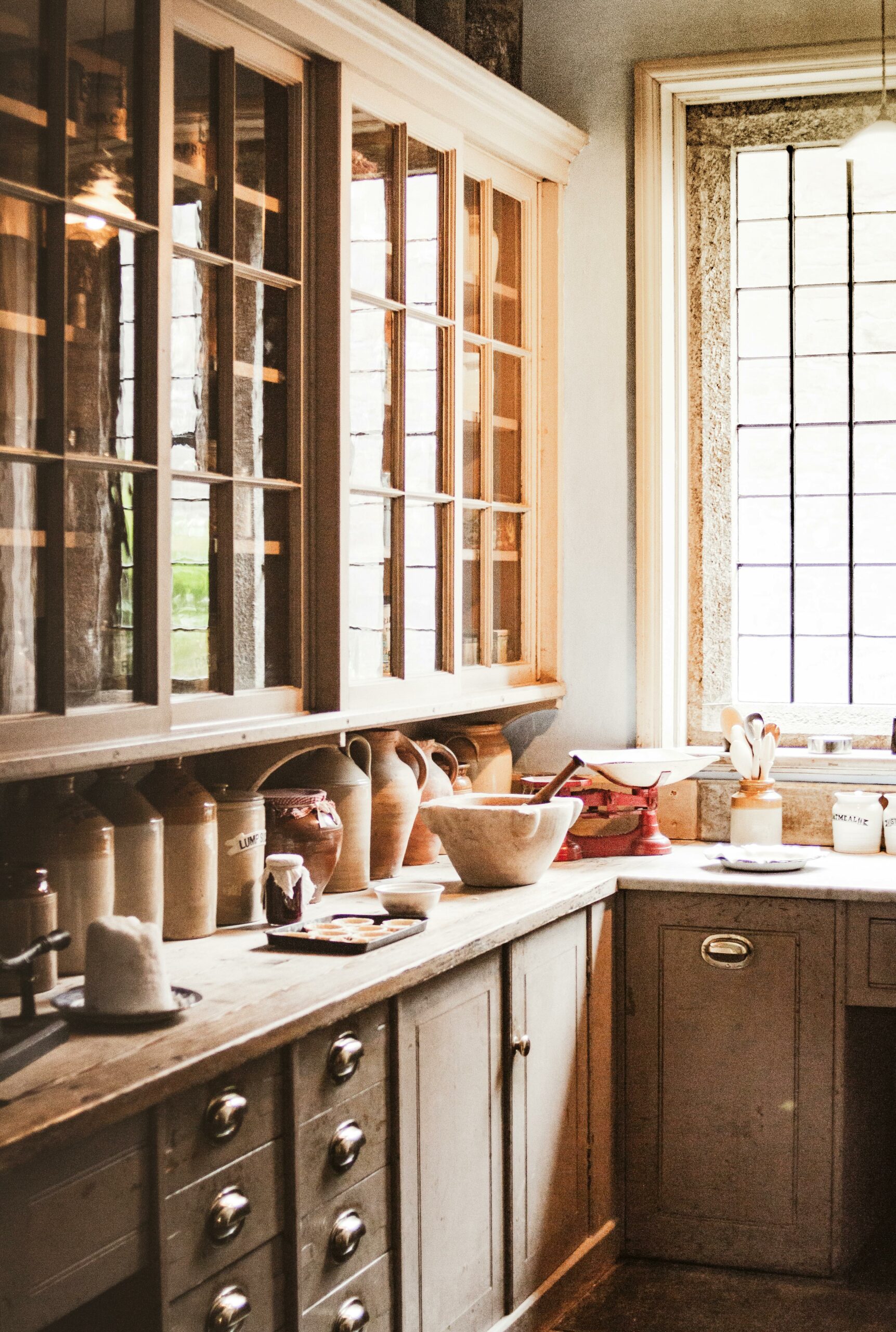
Whether showcasing sleek modern designs or exuding timeless elegance with classic wooden finishes, cabinets set the tone for the entire culinary experience.
The longevity of kitchen cabinets is influenced by various factors that range from materials used in construction to how they are maintained over time.
Quality craftsmanship and durable materials can significantly extend the lifespan of cabinets, ensuring they withstand daily wear and tear in a busy kitchen environment.
Factors such as exposure to moisture, construction techniques, and regular upkeep play crucial roles in determining how long your beloved kitchen cabinets will last before needing replacement or refurbishment.
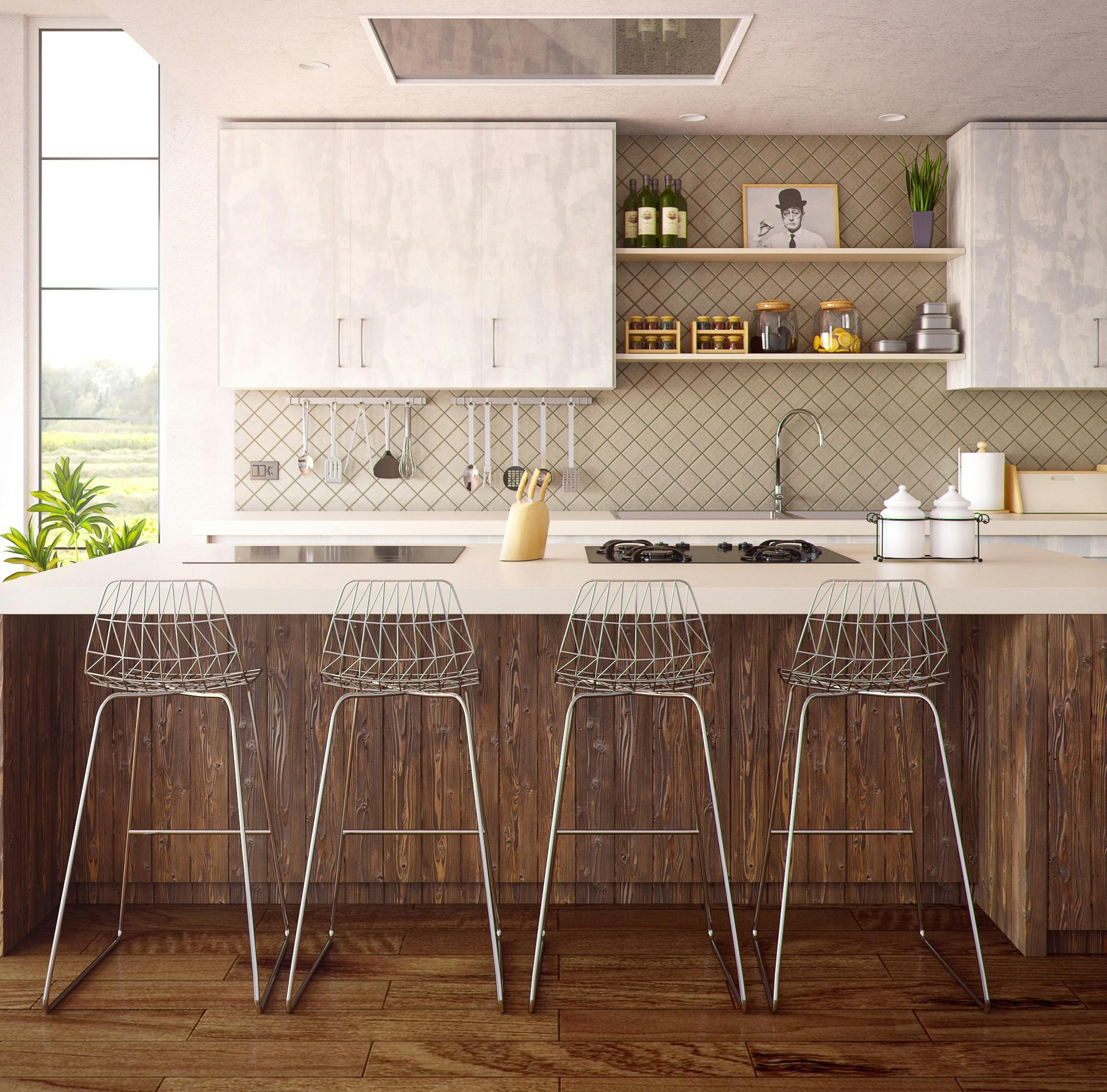
How Long Do Kitchen Cabinets Last
General Estimate: 15-50 Years
When pondering the question of how long kitchen cabinets last, a common ballpark figure ranges between 15 to 50 years.
This estimate can vary widely depending on the quality of materials used, construction techniques employed, and the level of care and maintenance provided over the years.
Factors such as daily wear and tear, exposure to moisture, and even sunlight can all play a role in determining where your cabinets fall within this lifespan spectrum.
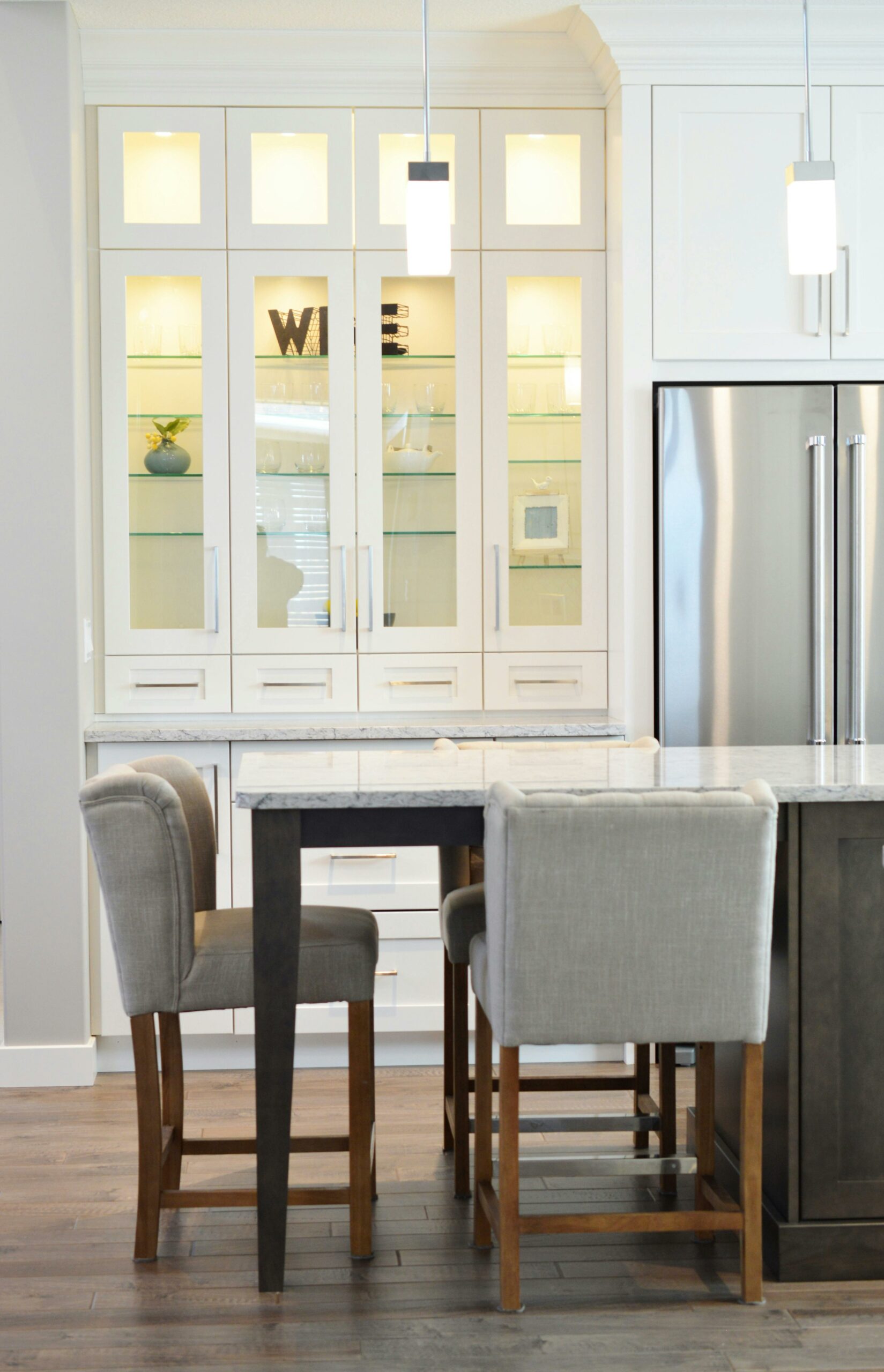
Quality of Materials and Construction Impacting Longevity
The longevity of your kitchen cabinets is heavily influenced by the materials they are crafted from and the construction methods used during their assembly.
Cabinets made from solid wood tend to be more durable than those constructed from MDF or particleboard.
Solid wood cabinets can withstand the test of time better due to their natural strength and resilience.
On the other hand, MDF (medium-density fiberboard) may be more budget-friendly but is susceptible to damage from moisture.
The way in which cabinets are put together also matters; dovetail joints are sturdier than cam locks, while soft-close hinges can help reduce wear and tear over years of opening and closing.
Investing in high-quality materials and expert craftsmanship upfront can significantly extend the life expectancy of your kitchen cabinets.
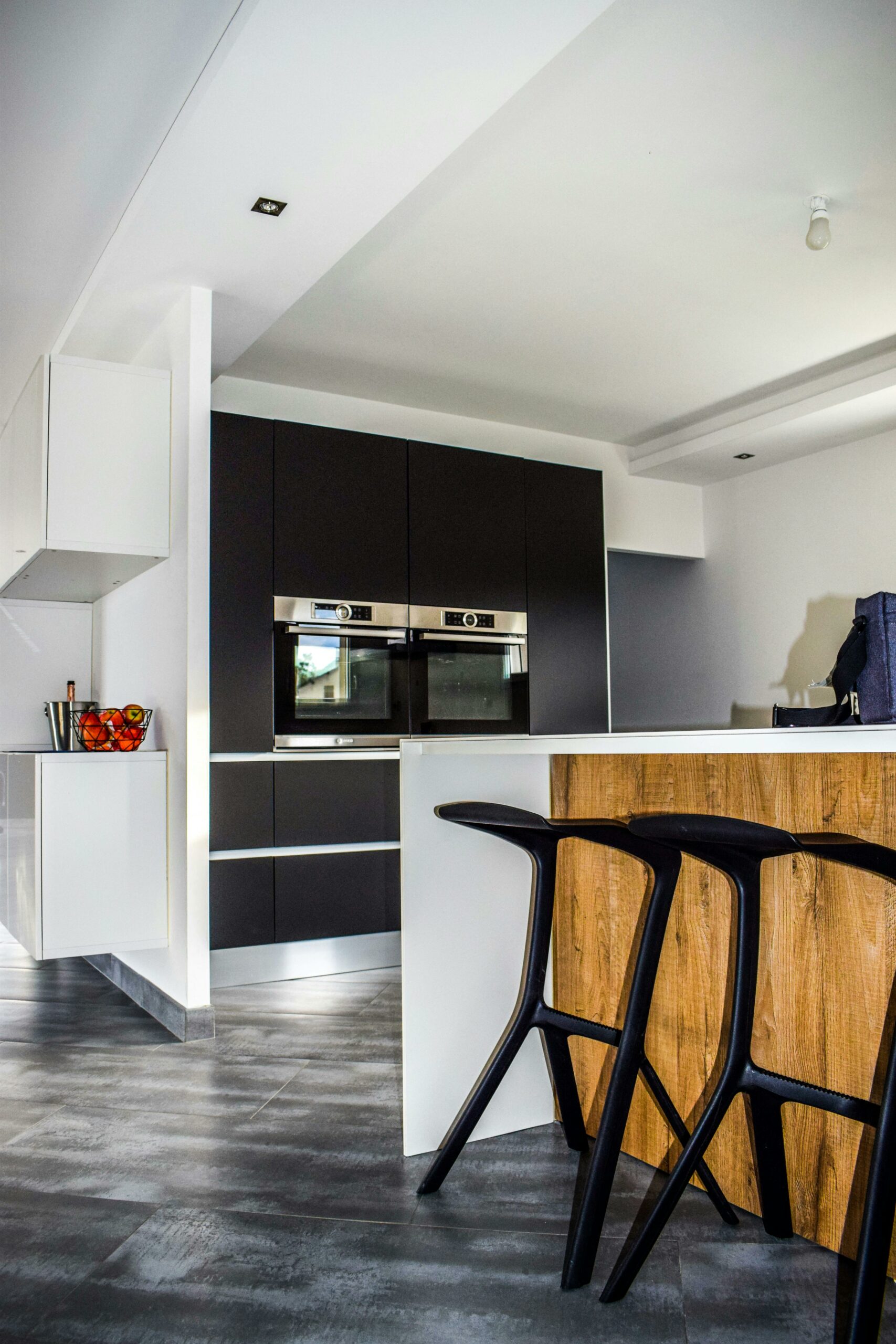
Material Types and Construction Quality: Keys to Longevity
Solid Wood: Strength with a Vulnerability
When it comes to how long do kitchen cabinets last, solid wood reigns supreme in durability.
Its sturdy construction can withstand years of use, but be wary of its Achilles’ heel – moisture.
Solid wood cabinets can warp or rot if exposed to excessive water or humidity over time.
To protect them, ensure proper ventilation in your kitchen and promptly wipe away any spills or splashes.
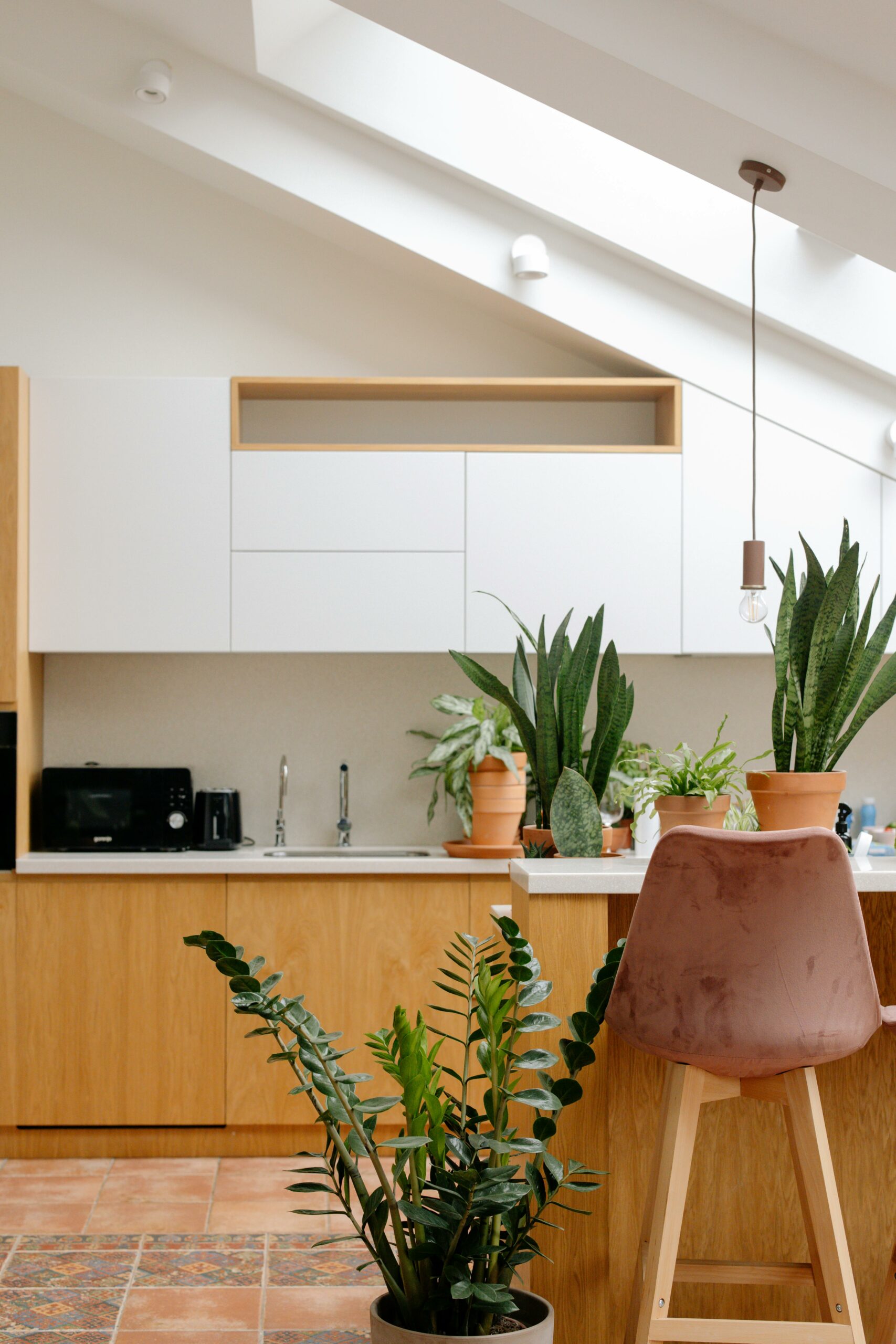
MDF: The Affordable Conundrum
Medium-density fiberboard (MDF) offers a budget-friendly alternative to solid wood cabinets, but its susceptibility to water damage poses a significant threat to longevity.
MDF is made by compressing wood fibers with resin, creating a dense and stable material.
However, once moisture infiltrates its core, MDF swells and disintegrates.
To safeguard MDF cabinets, consider sealing them with waterproof coatings or limiting their exposure to moisture-prone areas.
Particleboard: Budget-Conscious but Less Resilient
For those seeking cost-effective cabinetry solutions, particleboard presents an attractive option.
Composed of wood chips bonded together with adhesive, particleboard offers affordability at the expense of durability.
Unlike solid wood or MDF, particleboard is more susceptible to wear and tear over time due to its lower density and structural integrity.
To extend the lifespan of particleboard cabinets, handle them with care and avoid placing excessive weight on shelves.
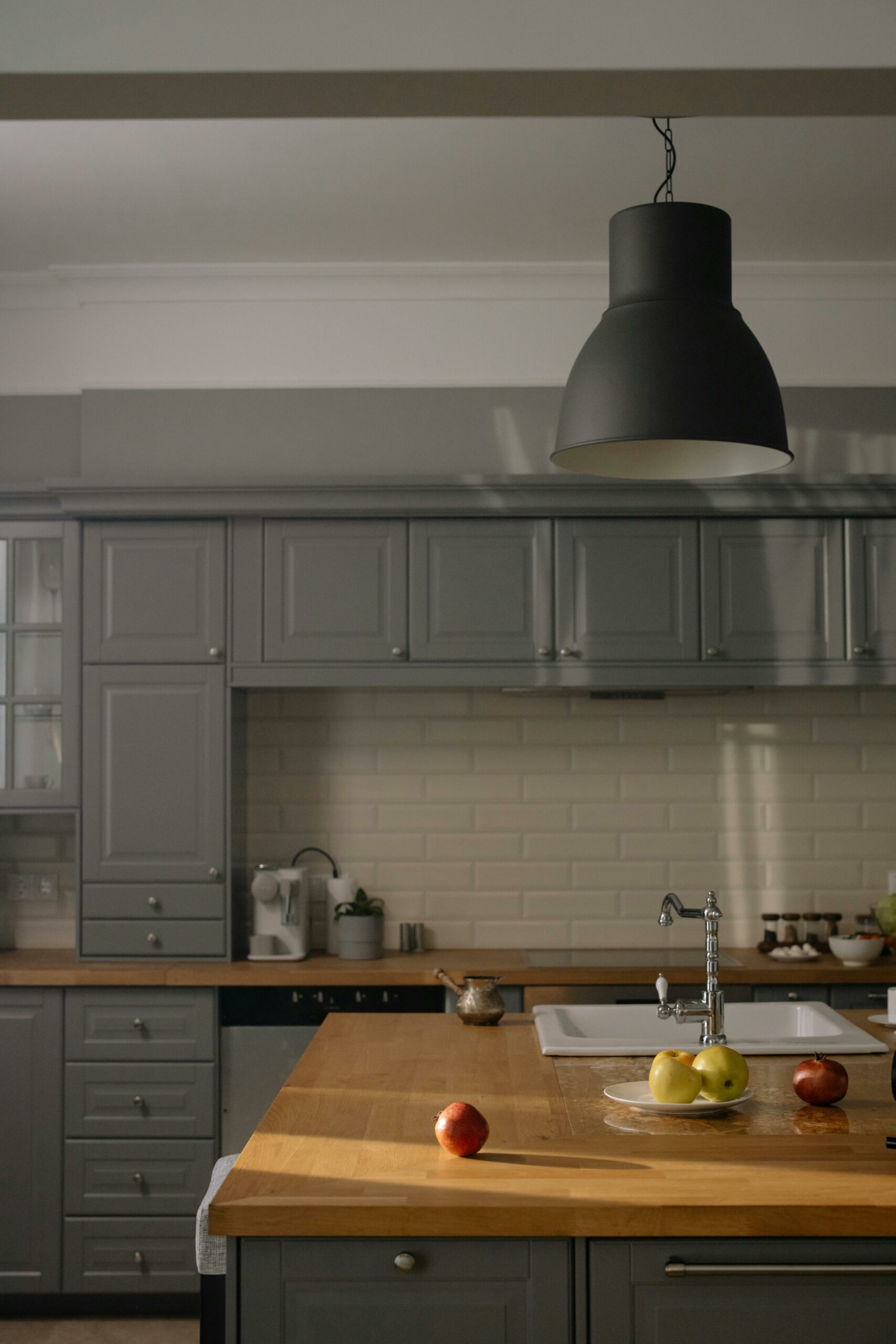
Constructive Quality: The Art of Cabinet Longevity
Dovetail Joints vs Cam Locks: A Structural Showdown
The method by which kitchen cabinets are constructed plays a crucial role in determining their longevity.
Dovetail joints consist of interlocking wedges that provide superior strength and durability compared to cam locks – simple fasteners that secure panels together but may loosen over time.
When selecting cabinets, opt for dovetail joints for enhanced structural integrity that can withstand the test of time.
Soft-Close Hinges: Silence is Golden for Durability
Incorporating soft-close hinges into your cabinet design not only adds convenience but also contributes significantly to their longevity by reducing wear and tear on doors and frames.
These hinges employ a mechanism that slows down the closing action, preventing slamming impacts that could compromise the cabinet’s structure over time.
By investing in soft-close hinges, you not only enhance the user experience but also enhance the lifespan of your cherished kitchen cabinets.
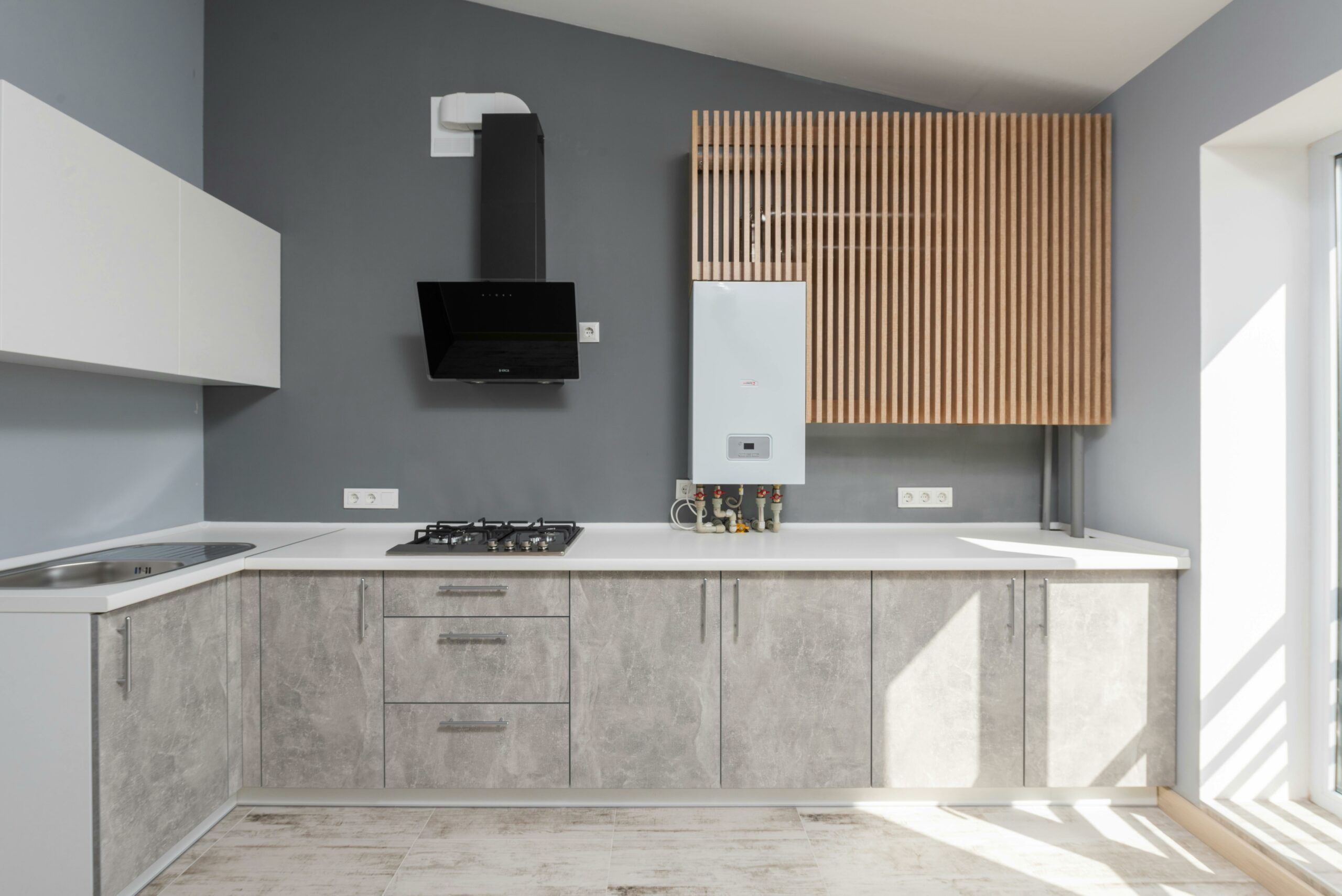
Maintenance Tips for Prolonging Cabinet Lifespan
Regular Cleaning with Mild Soap and Water
When it comes to keeping your kitchen cabinets looking their best and lasting longer, regular cleaning is key.
Dust, grease, and grime can build up over time, affecting the appearance and durability of your cabinets.
To combat this, simply mix a mild dish soap with water to create a gentle cleaning solution.
Use a soft cloth or sponge to wipe down the surfaces of your cabinets regularly.
This simple routine will help prevent dirt buildup and maintain the overall quality of your cabinets.
Avoiding Excessive Moisture Exposure
Moisture is like kryptonite to kitchen cabinets – it can warp wood, cause finishes to bubble, and lead to mold growth.
To prolong the lifespan of your cabinets, it’s crucial to minimize exposure to excessive moisture.
Be mindful of steam from cooking activities and make sure your kitchen is well-ventilated to reduce humidity levels.
Additionally, promptly wipe up any spills or splashes on your cabinet surfaces to prevent water damage.
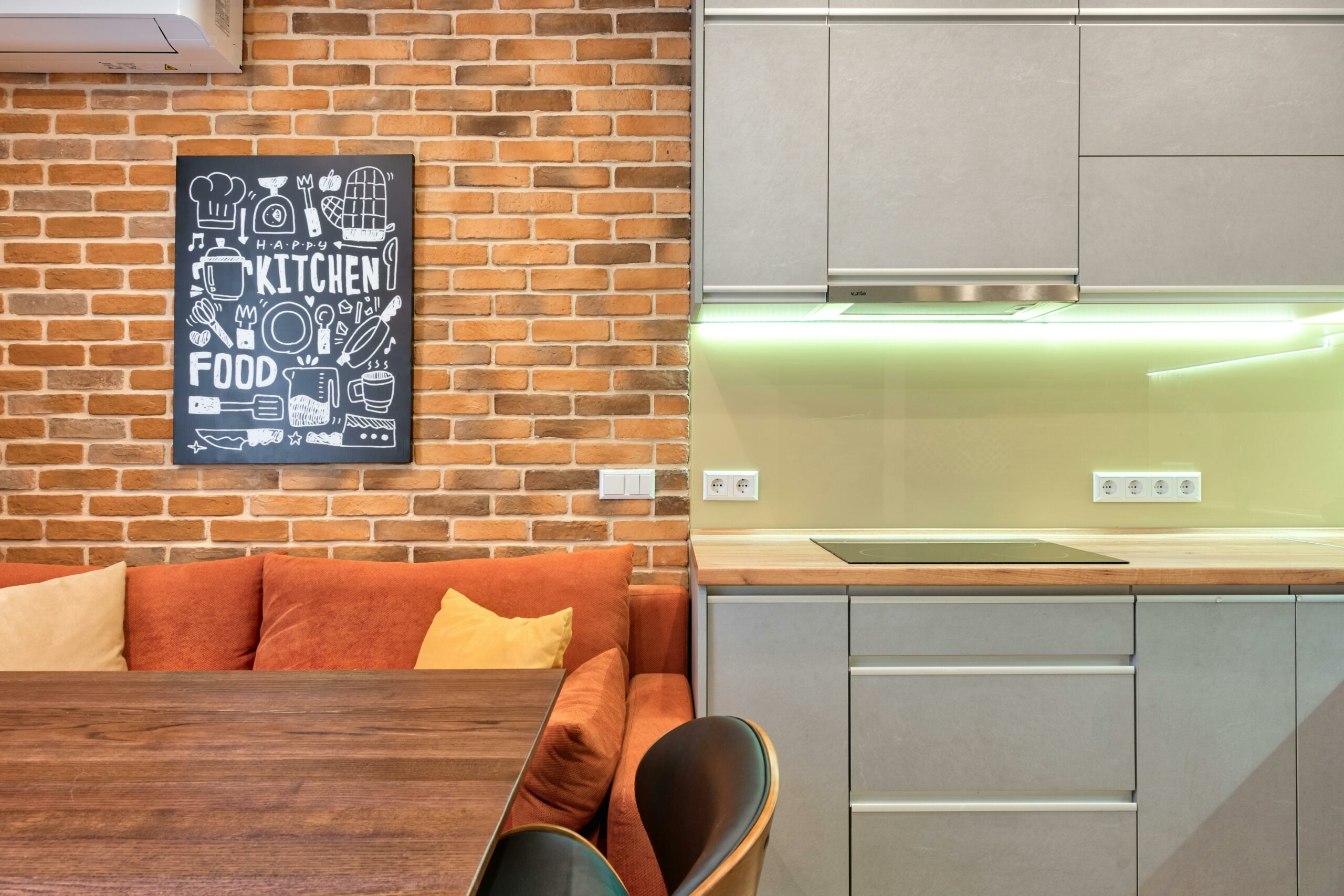
Repairing Minor Damages Promptly
Small damages like scratches, dings, or loose hardware may seem insignificant at first glance but ignoring them can lead to bigger problems down the road.
Take the time to inspect your cabinets regularly for any signs of wear and tear.
If you notice minor damages such as chipped paint or loose hinges, don’t procrastinate on repairs.
Addressing these issues promptly can prevent further damage and extend the lifespan of your kitchen cabinets.
Special Care for Specialty Finishes and Materials
When it comes to custom or vintage cabinets with unique finishes or materials, extra care is essential to maintain their beauty and integrity.
Specialty finishes like hand-painted designs or intricate detailing may require specific cleaning products or techniques to prevent damage.
For example, using harsh chemicals on delicate finishes could lead to discoloration or peeling.
Additionally, cabinets made from rare or exotic woods may need specialized treatments to preserve their natural luster and prevent warping over time.
It’s crucial to follow manufacturer recommendations or consult with a professional for guidance on caring for these distinctive cabinets.
Restoration Considerations Based on Historical Value
The historical value of custom or vintage cabinets can greatly influence the options available for restoration or refurbishment.
Cabinets that hold significant historical importance may require preservation efforts rather than modern upgrades that could diminish their authenticity.
In some cases, opting for restoration techniques that retain the original craftsmanship, such as hand-sanding and refinishing, can enhance the value of vintage cabinets while maintaining their unique character.
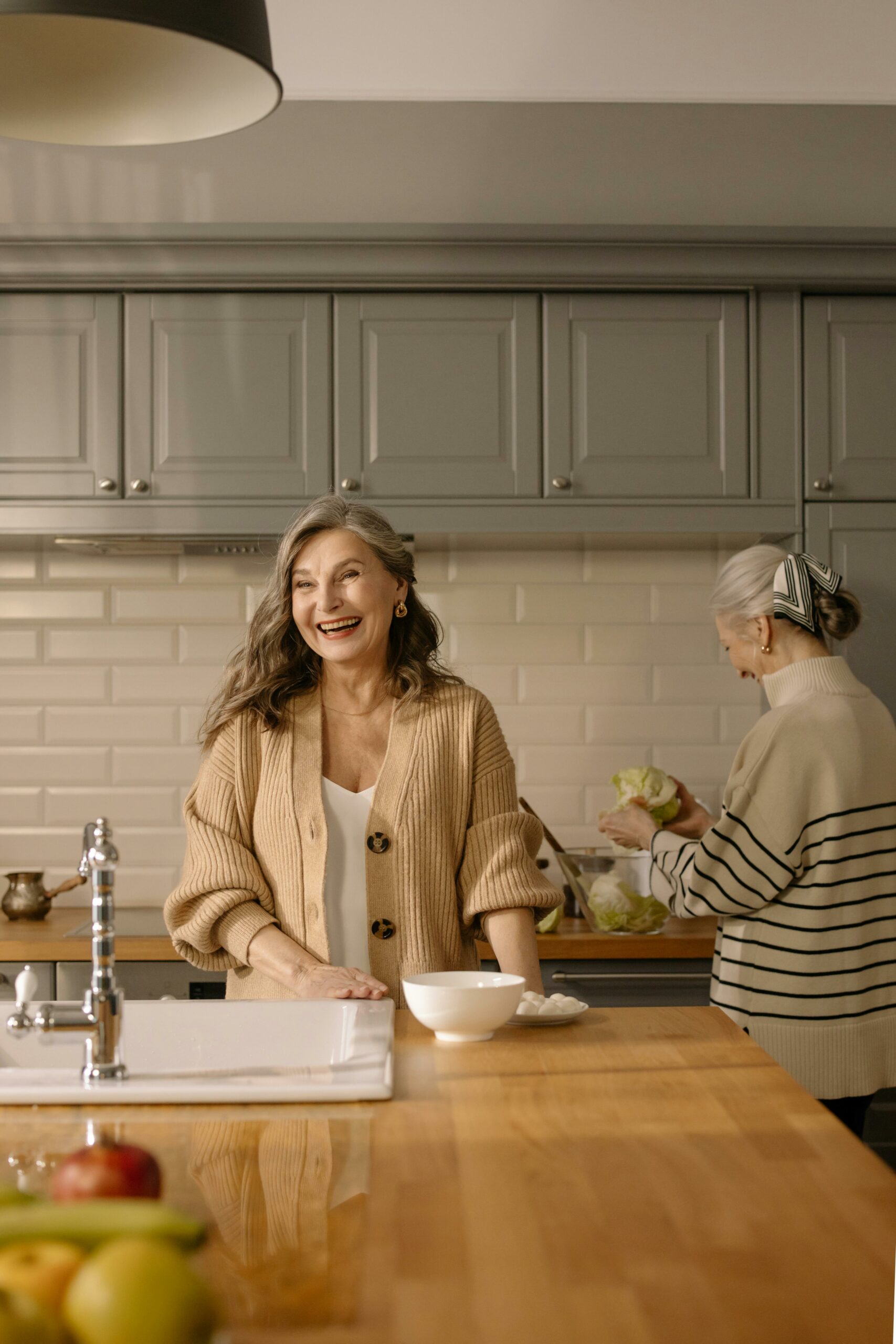
Conclusion
As we’ve explored the factors influencing the lifespan of kitchen cabinets, it becomes evident that investing in quality is key to long-lasting satisfaction.
While it may be tempting to opt for budget-friendly options, choosing durable materials and superior construction will pay off in the long run.
In embracing the journey of caring for your kitchen cabinets and making informed decisions about their longevity, you’re not just safeguarding a functional space but also nurturing a cornerstone of your home.
So remember, when it comes to kitchen cabinets, quality is not just an investment—it’s an affirmation of your commitment to creating a space where memories are made and flavors come alive.
Choose wisely, care diligently, and revel in the enduring beauty of your kitchen sanctuary.
LOVE it? PIN it for Later!
